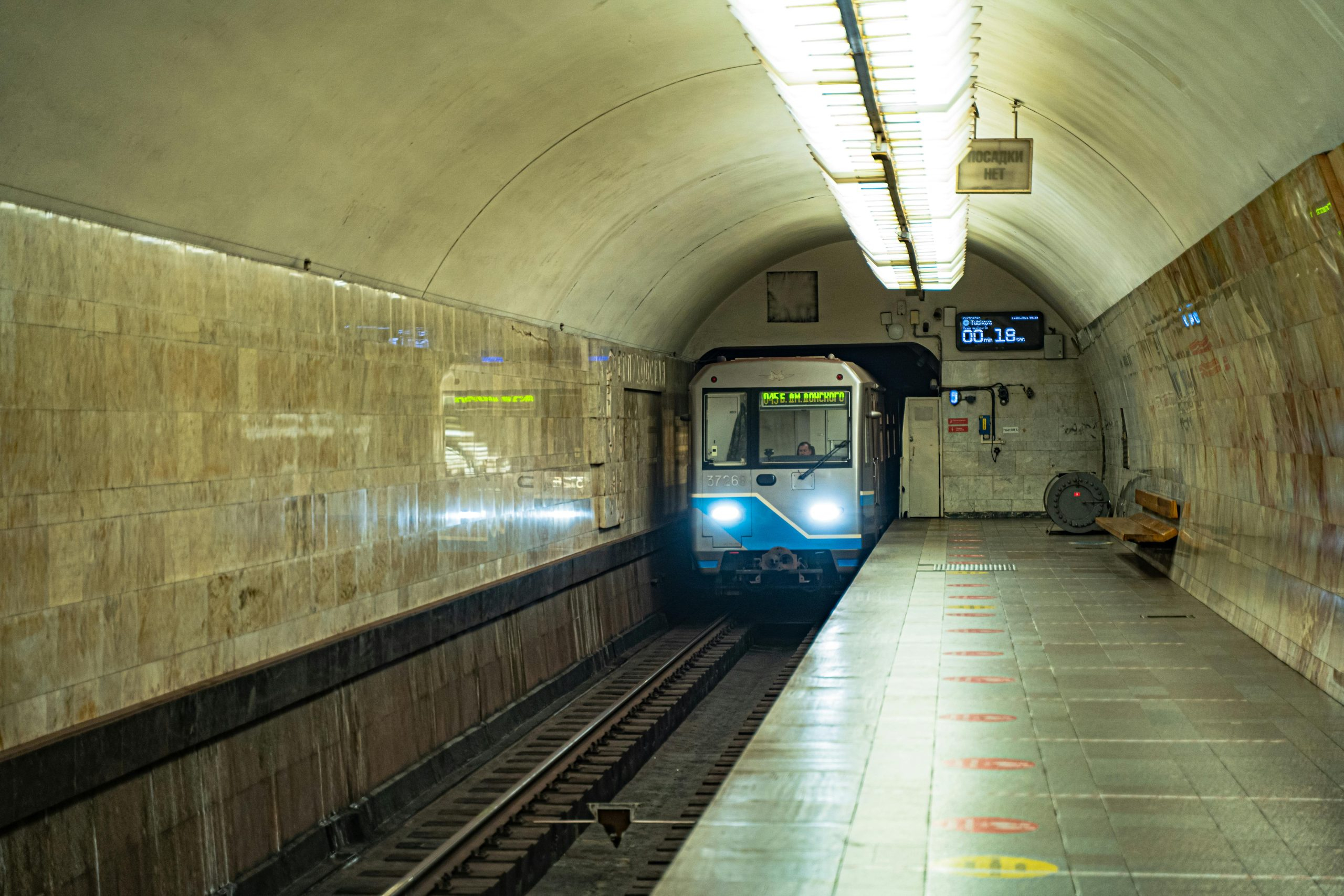Train vs. Plane: Routes Where Rail Beats Flying Timewise
As the world becomes increasingly connected, the modes of transportation available to us are also expanding. While air travel has long been the go-to option for long distance trips, trains have also been gaining popularity as a viable alternative. In this article, we’ll delve into the topic of train vs. plane travel, specifically in terms of time saved. Read on to find out which routes favor rail travel over flying based on travel time.
The allure of train travel
Trains have a certain romanticism about them – the old-world charm, the scenic routes, and the slower pace of travel. But did you know that trains can also beat planes in terms of time, at least in some cases? Here are some of the routes where rail travel trumps flying in terms of time saved.
1. London to Paris
While it may seem counterintuitive to choose a train over a plane when traveling from one major city to another, the Eurostar has changed the game. The high-speed train takes just under 2.5 hours to cover the 307 miles between London and Paris, while flying takes about 3 hours (including check-in and boarding time). Plus, with the train, you’ll get to enjoy the scenic English and French countryside along the way.
2. Seattle to Portland
The Pacific Northwest is known for its beautiful landscapes and many travelers make the trip from Seattle to Portland to experience it. While flying may seem like the logical choice, the Amtrak Cascades train actually takes less time. The train journey covers the 173 miles in 3 hours, while flying takes 4 hours (including check-in and security time).
3. Beijing to Shanghai
China’s high-speed rail network is renowned for its speed and efficiency. While the journey from Beijing to Shanghai covers a distance of over 800 miles, the bullet train can complete it in just 5 hours 30 minutes. Flying the same route takes almost 3 hours, making the train a clear winner in terms of time saved. Plus, the train journey offers stunning views of China’s rural landscapes, while plane travel can be a bit of a blur.
The drawbacks of train travel
While these examples clearly show the benefits of train travel in terms of time, it’s important to note that it’s not always the case. Here are some factors that can affect the speed of train travel:
1. Distance covered
In cases where the distance between two cities is short, it’s unlikely that a train will be faster than a plane. This is because planes can cover longer distances in a shorter amount of time, thanks to their ability to fly high and fast.
2. Number of stops
Trains typically make more stops than planes, which can significantly add to the overall travel time. It’s important to consider the number of stops a train will make before deciding if it’s the faster option.
3. Delays and cancellations
Like any mode of transportation, trains can also face delays and cancellations due to various factors such as weather, maintenance, or labor strikes. This can greatly impact the total travel time and make flying a more reliable option in some cases.
It’s also worth noting that while trains may be faster in some cases, they do cost more than flying. However, if you factor in the cost and time of getting to and from the airport, as well as the stress of air travel, trains may be a more appealing option overall.
In conclusion
While flying may still be the go-to option for most long distance journeys, trains can definitely hold their own in terms of time saved. By considering factors like distance, number of stops, and potential delays, travelers can choose the option that offers the best balance of speed, cost, and convenience. Next time you’re planning a trip, don’t discount the train – you might just be surprised by how much time you can save!











